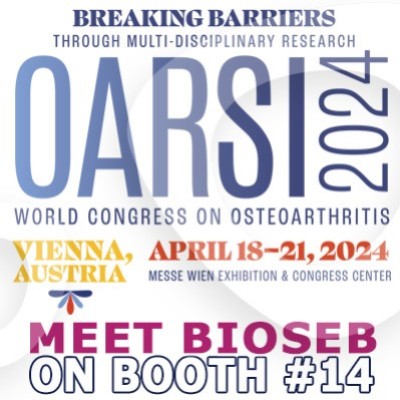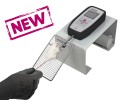Authors
L Liu, X Zhao, M Silva, S Li, X Xing, W Zheng
Lab
Faculty of Health Science, University of Macau, Taipa, Macau, China
Journal
Pharmacological Research
Abstract
Brachial plexus axotomy is a common peripheral nerve trauma. Artemisinin, an FDA-approved antimalarial drug, has been described to possess neuroprotective properties. However, the specific mechanisms by which artemisinin protects neurons from axotomy-induced neurotoxicity remain to be elucidated. In this study, we assessed the neuroprotective effects of artemisinin on an experimental animal model of brachial plexus injury and explored the possible mechanisms involved. Artemisinin treatment restored both athletic ability and sensation of the affected upper limb, rescued motoneurons and attenuated the inflammatory response in the ventral horn of the spinal cord. Additionally, artemisinin inhibited the molecular signals of apoptosis, activated signaling pathways related to cell survival and induced NSCPs differentiation into NeuN-positive neurons. Further validation of the involved key signaling molecules, using an in vitro model of hydrogen peroxide-induced neurotoxicity, revealed that both the inhibition of PKA signaling pathway or the silencing of Akt reversed the neuroprotective action of artemisinin on motoneurons. Our results indicate that artemisinin provides neuroprotection against axotomy and hydrogen peroxide-induced neurotoxicity, an effect that might be mediated by the PKA-Akt signaling pathway.

 Pain - Thermal Allodynia / Hyperalgesia
Pain - Thermal Allodynia / Hyperalgesia Pain - Spontaneous Pain - Postural Deficit
Pain - Spontaneous Pain - Postural Deficit Pain - Mechanical Allodynia / Hyperalgesia
Pain - Mechanical Allodynia / Hyperalgesia Learning/Memory - Attention - Addiction
Learning/Memory - Attention - Addiction Physiology & Respiratory Research
Physiology & Respiratory Research
 Pain
Pain Metabolism
Metabolism Motor control
Motor control Neurodegeneration
Neurodegeneration Cross-disciplinary subjects
Cross-disciplinary subjects Muscular system
Muscular system General activity
General activity Mood Disorders
Mood Disorders Other disorders
Other disorders Joints
Joints Central Nervous System (CNS)
Central Nervous System (CNS) Sensory system
Sensory system Bioseb on booth #14 at OARSI 2024 in Vienna
Bioseb on booth #14 at OARSI 2024 in Vienna 